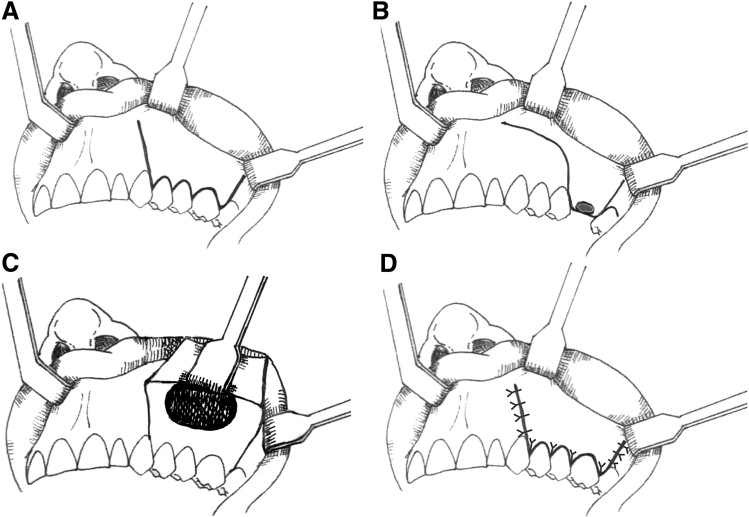

It is a surgical opening made on the anterior wall of the maxilla via the canine fossa to visualize and remove disease from the maxillary sinus. This operation is followed by an intranasal antrostomy. George Caldwell in New York and Henri Luc in France described this operation simultaneously more than 100 years ago.
Immediate
Late
Steps:
